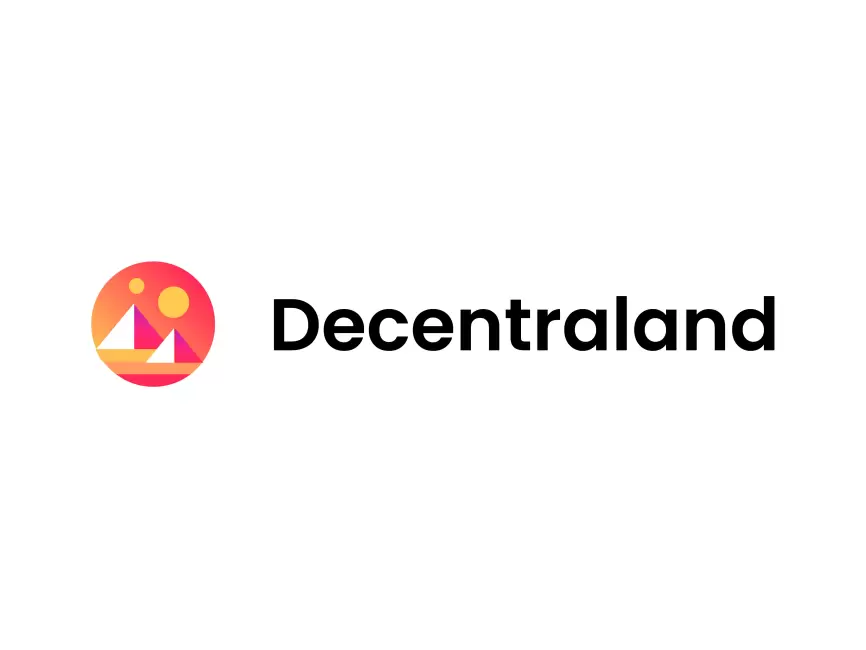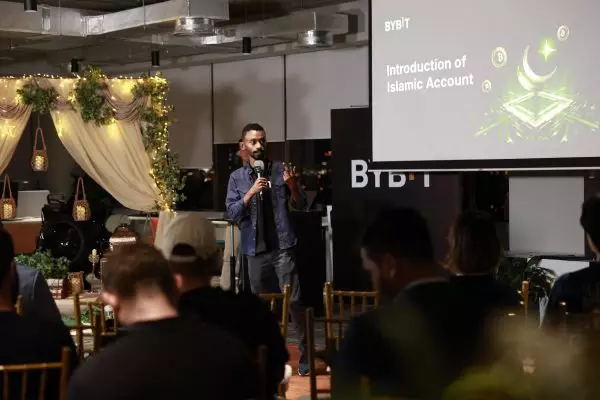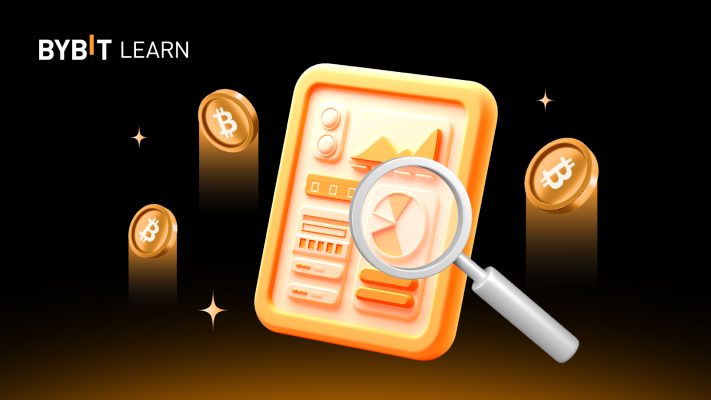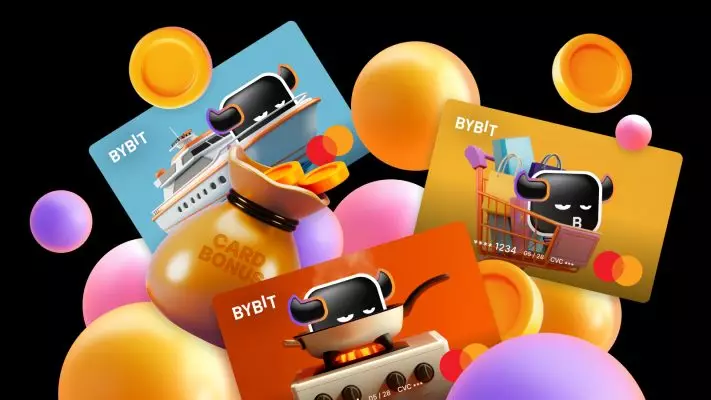Table of contents
Remember the most expensive NFT ever sold? “The Merge” brought Pak almost $100 million in 2 years ago. How come a market valued at almost $30 billion in 2022 now has a market cap of $8.99 billion?
The NFT industry had its ups, and the hype of the first NFT collections launched undoubtedly contributed to the rise of NFTs, but losing that hype cannot be the only reason why it is now seeing probably one of the biggest downs ever.
The NFT niche might have caught a bad name, especially once numerous celebrities started to launch NFT collections to capitalize on their audience with little effort. But this is not all. Users probably noticed that most NFT projects don’t progress, and what’s the point in investing in an NFT collection if it has a high chance of ending up among those that “almost made it?”
In 2021, “NFT” was named the word of the year by the Collins Dictionary, only to have fewer and fewer supporters these days. NFT technology has progressed so much that, with the right tools and knowledge, you can even build an AI NFT these days. Wouldn’t it be a pity to leave NFTs behind when NFT technology improves daily?
What does it take to help the NFT market recover? Well, a little work and more thinking outside the box. If you dig deep enough to see NFTs’ true potential, you can launch a successful NFT project and contribute to the market’s recovery.
Thus, let’s talk about some of the most intriguing NFT ideas you can consider if you want to enter the market in style.
Why Do Most NFT Ideas Fail?
Shortly, most NFT ideas fail because they don’t offer as much as users expect, and the transparency level doesn’t meet expectations. With NFTs, everything has to be precise. Considering there are plenty of NFT scams happening each year, users tend to question everything about a project, and if they find something that seems a little vague, they lose interest.
So, NFT developers should focus on developing detailed roadmaps and staying true to their community. We all know that community is everything in the crypto industry. Who will purchase and appreciate your artwork if you don’t have the users to talk to?
For an NFT project to succeed, many things should work as well as possible. From announcing the project to launching it, every step has to make users believe in you and your product.
Besides, your NFTs should bring something more than other projects do. After all, it is about the NFTs’ value and how you build it, and where there is no value, there certainly are no buyers and supporters.
How Can an NFT Retain Value?
If NFT creators focused on increasing the utility of their NFT collectibles, things would look different. An NFT that offers more than just an exciting cartoon can and will have higher utility, and with utility comes the value.
At the moment, NFTs gain most of their value through the emotions they generate for some users. Just like you are filled with emotions when you look at a famous painting, you can feel all sorts of things when looking at that NFT you bought for 1 ETH.
However, such value is not enough. For an NFT collection to succeed, users must clearly see the digital collectibles’ functional value. When thinking about how many use cases the NFTs have got over the years, you can easily find a way for your NFTs to gain the value they need.
Easy NFT Ideas to Do
You may want to find the easiest way to get your artwork high in the charts. So, here they are, those options you can choose to create valuable NFTs with little effort. However, remember that the easier an idea is, the less future-proof it is. Still, if you want to start from somewhere and try working with NFTs, you can consider them.
1. Create Original Digital Art as NFTs
If you’re an NFT artist, try focusing on original artwork. By creating original digital art, you are one step closer to making it noticeable to NFT enthusiasts. As we mentioned before, NFTs generate specific emotions that contribute to the decision-making process. So, what emotions do you want users to feel when looking at your artwork?
Find that idea you feel would make a difference and make the best of it. Users might be significantly more intrigued by original artwork, and once they take a closer look at what your NFT collectibles offer, they might even decide to purchase one of them.
Overall, originality is as essential in the NFT space as it is in any other industry. If you create something that has been seen before, its value decreases dramatically. Nonetheless, once you come up with something original, its value increases, FOMO does, too, and you end up actually selling your art.
But there is a catch, and you probably have noticed from what we mentioned earlier: you need an audience to give value to your unique NFT ideas.
It’s the same as mainstream art. Da Vinci’s Mona Lisa is a masterpiece; we can all agree on this. But what made it so famous is a combination of the artist’s skills and the audience’s hype around it. You can’t add enough value by yourself; you need a community to contribute, too.
2. Create New NFTs in Existing NFT Environments
Creating an NFT from scratch may seem too hard, especially if you’re just starting your journey in the NFT space.
If so, you can create NFTs for existing crypto projects. Take Decentraland, for instance. It is one of the most popular NFT games and allows users to mint their own NFT series and publish them on the Decentraland marketplace.

The process is pretty simple, and one thing is for sure: Decentraland players will always look for new NFT wearables to improve their characters. So, your NFTs have a high possibility to sell.
To publish an NFT on Decentraland, you can use specialized 3D software, but it is essential to check the “Publishing Wearables Criteria” before starting.
To have even more guidance in developing your digital collectible, you can also check the “Creating Wearables Guide.” After creating an NFT, you can publish it to the marketplace. The NFT must have specific extensions, such as ZIP, GLTF, GLB, or PNG.
3. Tie Real-World Physical Art to NFT Art
Not only does linking physical art to NFTs help users enter the NFT world seamlessly and quickly, but it also has significant benefits for real-world artwork. As we all know, NFTs are stored on a blockchain, and the main advantage of blockchain technology is that information cannot be altered once stored in a block.
Thus, linking physical art to NFTs can help artists use the latter as digital certificates of authenticity, while owners can use the NFTs to prove that they are the real owners of a particular piece of art.
Furthermore, what many of us like about crypto and NFTs is that there is no need for third parties. So, artists can interact directly with customers, and their profit does not have to be shared with intermediaries.
4. Tie Real-World Products You Want to Sell to NFTs
If you want to sell real-life products, linking them to NFTs is a great idea. The benefits are similar to linking physical art to unique digital assets, meaning that an NFT can prove ownership and authenticity.
Furthermore, if you tie real-world items to NFTs, counterfeit products will no longer find their place on the market. Let’s say you have a Hermès bag and want to sell it. Linking it to an NFT will ensure the buyer that the bag is genuine, and this extra layer of transparency can contribute to selling the product quickly.
Linking real-life products to NFTs can work for a plethora of items, from clothing and accessories to unique products and tech items. You can literally link any product to an NFT. Of course, this process works well for just a part of them, but you can still try to do it.
Besides, tying real-world products to NFTs can help you reach a larger audience. There is a possibility that an NFT enthusiast thinks of buying that Hermès bag, but finding a “phygital” NFT for it helps them decide to buy it, thanks to the transparency the NFT provides or the simple fact that they also get an NFT. It also is about emotions, as we have previously mentioned.
NFT Ideas with Medium Difficulty
When you see what NFTs can do, you may want to build something bigger and use them for even greater things. So, here are some NFT ideas that have medium difficulty and can generally be implemented by 1 NFT artist or developer.
5. Create Exclusive Content Accessible with NFT Keys
Token-gated access has gained remarkable popularity over the past years, and it is no wonder why. Digital creators noticed NFTs’ benefits and are now offering exclusive content that can be accessed with NFT keys.
If you, too, are a content creator and want to enter the NFT space, you can easily do this by creating NFTs to offer users exclusive access to your content.
Let’s say you are a comedian; you have just filmed a special show and now intend to use NFTs for the video. You have 3 main options: post it and make it accessible to anyone (it’s good, but not the best), create NFTs to give users access to it, or post a short version publicly and keep the extended version for NFT holders (you make the best of both worlds).
This can also work for podcasts, movies, music, behind-the-scenes, and other types of content. The main benefit? You get the chance to increase exclusivity for your brand, and we all know that this contributes to better communication with your fans.
6. Offer Subscriptions as NFTs
If your service requires a subscription, offering it through NFTs is a great idea. Subscription NFTs can easily represent ownership and offer users access to various services and even a loyalty program.
EIP-5643 is responsible for creating subscription NFTs. It is an extension of EIP-721 and allows users to create NFTs to offer as subscriptions for their services. Such a digital asset can act as proof of ownership for a specific subscription and help subscription-based services and platforms create new revenue streams.
Once again, another remarkable benefit is growing your audience by offering users a new way to access your services and products. Once you add subscription NFTs to your business, you will make your brand easily noticeable to NFT enthusiasts. And they might be genuinely intrigued by a subscription NFT, thus deciding to buy it.
7. Using NFTs for Copyright
As we previously discussed, things with NFTs are pretty transparent. This is why you can use them and their timestamps to prove copyright. Of course, this implies that you have access to the original works.
Imagine that you literally reinvent the wheel and want a patent for it. What better option is there than creating an NFT that stores the invention idea? This way, you will keep the entire process as transparent as possible, and although the NFT may not be actually recognized as a patent, you still have a starting point.
Such NFT ideas can represent business opportunities worth considering. For instance, you can build a company that facilitates patents and copyrights. Indeed, the process is longer and requires a team of developers and thorough research of the copyright laws for non-fungible tokens. But it might be worth it, right?
8. Using NFTs in Real Estate
When you own something, you want a certificate that proves you actually own it. And NFTs have the attribute of acting as proof of ownership. Converting real estate into digital assets can help you tokenize your assets and store a digital copy of their information on the blockchain, which makes everything safer and more transparent.
Furthermore, whenever you need to complete a real estate transaction, be it for a house, a building, or a parking lot, you can rely on its NFT to streamline the transaction, completing it quicker and with less transactional costs.
Also, there will be no need for intermediaries, as you can interact directly with the buyer and close the deal with the help of the real estate NFT linked to what you are about to sell.
Besides, let’s not forget that NFTs are strongly related to smart contracts, and once you sell an NFT, the self-executing smart contract is moving ownership from you, the seller, to the buyer (new owner) of the digital asset. Moreover, a smart contract can also include other actions, thus simplifying the transaction even more.
Hard NFT Business Ideas to Do
Things get a little more complicated with the following NFT ideas, but if you want more significant results, you may want to consider them. Usually, what takes more work brings more satisfaction, and it is the same with these options. Furthermore, if your idea is successful, it can become a reliable income stream with possibilities for future NFTs.
9. Create Company Ownership NFTs
If you have a functioning business and want to keep control of the ownership, NFTs might be what you are looking for. If you know some companies wanting to transfer ownership or keep it safe, it’s time to make a business out of it.
So, creating company ownership NFTs might require a lot of work and extensive blockchain technology knowledge. You also have to be extremely careful about developing such NFTs, as they can easily be interpreted as unregistered securities, and considering the current SEC crackdown on crypto, you don’t want to mess with the financial authorities.
Still, once you find a way to create such NFTs, it can be gratifying. Many industries are turning to blockchain technology these days, as it provides numerous significant benefits, and this is the case with NFTs, too. They can be pretty helpful, and more people are starting to get it.
If you find a safe way of creating company ownership NFTs, many companies might contact you to help them create a secure and transparent proof of ownership. As we mentioned earlier, transferring ownership through NFTs is significantly easier, which might be the main thing such companies seek.
10. Create a Game with In-Game NFTs
It’s no news – NFT games are trendy. Crypto and NFT investors are eager to try out newly launched games, and this might be the case with a game you create, too. NFT games offer many opportunities, and besides the stunning gameplay, users also have the chance to win digital assets in a fun and engaging way.
Take Axie Infinity, for example. Currently, it is one of the most popular NFT games, if not the most popular. In the Axie Infinity world, you can improve your Axies to compete in battles and win several types of tokens. Each token has a purpose, and when you find your way through the game, you can earn crypto and NFTs and trade them as you might like.

Of course, creating an NFT game with in-game NFTs requires hard work. You have to create an entire environment that can work with NFTs, which can be challenging. However, with the right team by your side, things get easier.
The good thing is that such a process has some clearly defined steps. First, you have to decide on a game model. Will you create a P2E (Play-to-Earn) game, or is it better to go with an M2E (Move-to-Earn) game model? There are numerous game models you can choose from, and each has its advantages and downsides. But when you have a concept in mind, everything is clearer.
Then, you should work on a design for your game. Ensure it is colorful, but try to make it easy to interact with. Create game elements that intrigue players so they stick with your game and don’t look for other options.
The hardest task might be developing the technology behind the game. It has to be efficient, support NFTs and the game model, and make the game as transparent as possible because, after all, transparency is a crucial feature of blockchain technology, and everyone is looking for it.
Once you build a user-friendly game and ensure that everything works as it should, a well-developed marketing strategy is the way to reach your audience. Usually, crypto enthusiasts are intrigued by many crypto games, and those that prove safe, transparent, and easy to play can become surprisingly successful.
11. Create a Virtual Reality Based on NFTs
Many virtual worlds started relying on their own economy powered by crypto. In the near future, the metaverse may become one of the most widely used concepts in the industry, and creating a virtual world that leverages NFTs can be the way to go.
There are various examples of virtual worlds that have become surprisingly popular. VRs such as Decentraland or The Sandbox offer you tickets to the places where NFTs empower engaging virtual universes.
Decentraland encourages users to trade, earn, and purchase NFTs to improve their character and virtual land. The Sandbox welcomes players to a metaverse where they can develop and trade virtual real estate in many ways.
Creating a virtual world is no easy thing, but once it is done, the benefits will keep coming. If you think of the right concept, users will surely want to try it. Just think that you can develop a virtual universe where players can get virtual ownership of various items, trade them with other community members, and even organize events they can attend virtually.
What’s left to do? Buy a pair of VR glasses and get ready to have some fun.
12. Create an NFT Marketplace
An NFT marketplace may be the most complex concept to develop, but the whole thing will be worth it when you launch it. NFT marketplaces are among the most profitable NFT ideas, as you get a cut of any transaction the platform processes.
The promising thing about NFT marketplaces is that the industry does not offer that many platforms yet. There are a little over 100, but many do not have what it takes to make it to the top. So, if you develop an NFT marketplace that genuinely has something helpful to offer, you might succeed.
Still, the technology behind an NFT marketplace is surprisingly extensive. Thus, if you decide to build such a project, the first thing you should do is gather a team of experienced developers to help you along the way.
Then, there comes the development phase. NFT technology is not the only concept your team has to be very familiar with. Developers should also have extensive knowledge of databases, IPFS, smart contracts, and many more.
And after you develop the marketplace and are ready to launch it, there comes the promoting phase. When you put so much effort into a platform, you have to do everything possible to get people to use it. So, the marketing strategy is, once again, vital.
In Conclusion
NFTs are set to be part of our future, just like blockchain and crypto do. With many use cases and even more benefits, non-fungible tokens can improve many industries, regardless of whether they relate to blockchain technology.
If you want to enter the NFT market but do not know how to do it in order to have constant success, we hope that the NFT ideas we provide will help you.
Always think of your needs, goals, and knowledge before developing an NFT project. The bigger the platform you develop, the greater the revenue you might get. But to do this, you must be familiar with many concepts, and before starting to work on an NFT idea, you should thoroughly research the market.


